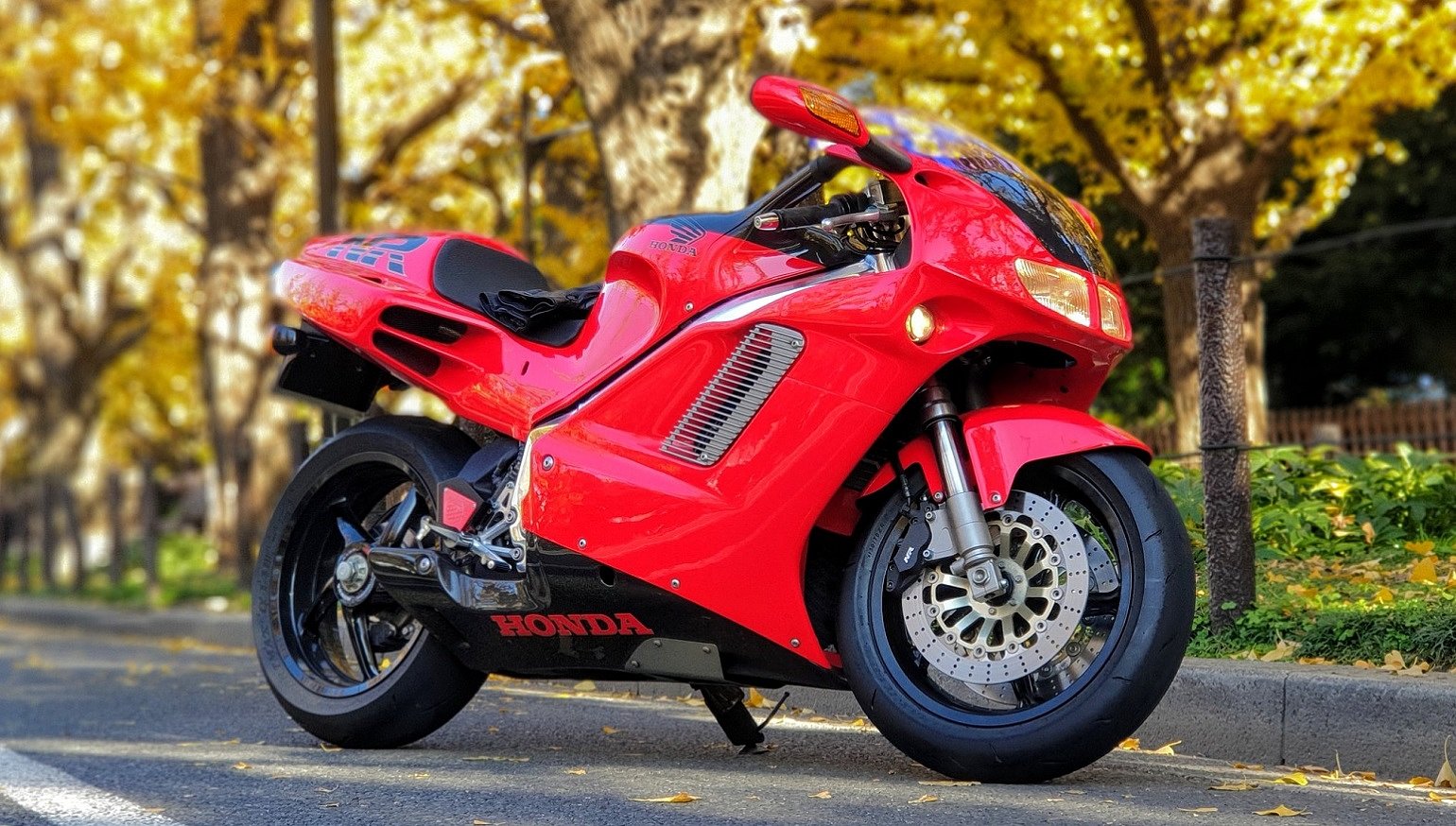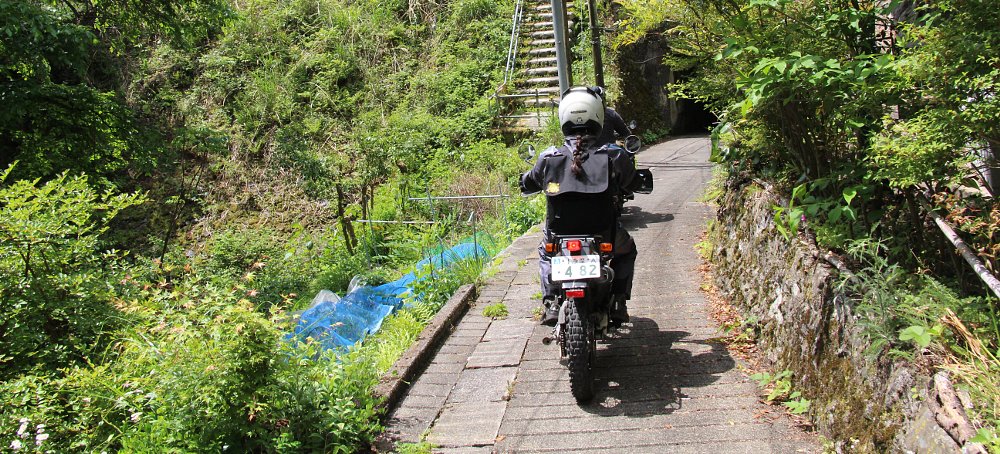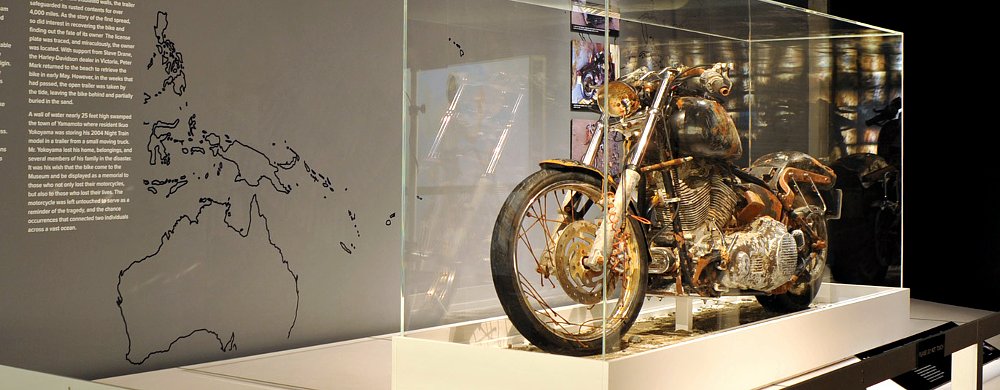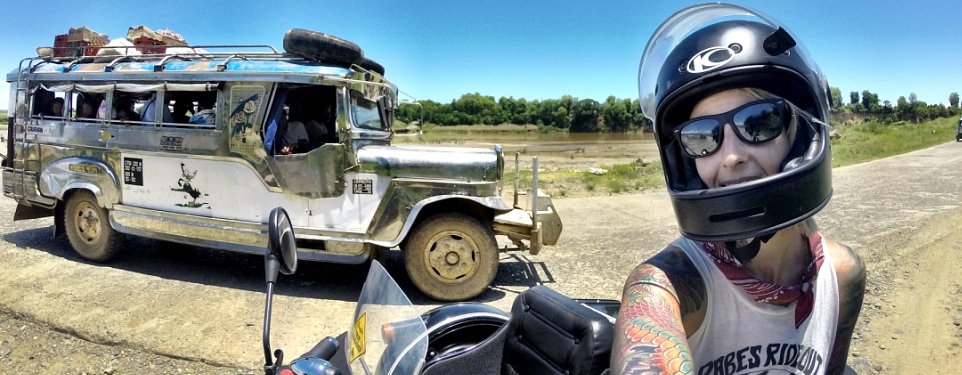The first time I saw one of Greg Edwards’ tweets, it stopped me dead for one stark reason: It showed a photo of his Honda NR parked on a street in Tokyo. Who actually rides an NR?
Outside of the Honda Collection Hall at Motegi, most NRs are hidden away from prying eyes in rich collectors’ climate-controlled garages. (If I had one, I wouldn’t leave it in the garage on cold evenings; I’d cuddle with it on a bearskin rug in front of the fireplace before parking it in my bedroom.)
The NR was the final expression of Honda’s most audacious engineering tour de force. It began in the 1970s with the NR500 Grand Prix racer, which was Honda’s way of getting the performance of a V-eight from only four cylinders, which was the maximum allowed under the rules. So Honda built and raced a 90-degree V-four with 32 titanium valves by using oval pistons, each one attached to two titanium connecting rods. Redline: 20,000 rpm.

As breathtaking as the NR500 was, it was not competitive against Yamaha and Suzuki two-strokes. In the 1980s, Honda tried oval pistons again in the NR750 endurance racer. That spawned the ultimate “halo” model: the 1992 NR.

I sent Edwards a message, asking if he wanted to share his story about owning — and, more to the point, actually riding — such a motorcycle. He demurred, because it would make things awkward with his employer. At the time, he was Director of Retail Development in Asia for Harley-Davidson. I stayed in touch and every now and then he provided off-the-record insights into the state of the Japanese domestic market.
Recently, when Greg decided to move back to Canada, I figured he’d finally be free to talk. So now I can share the story of the gaijin riding an NR in Japan. Like so many other motorcycling stories, it starts with a Honda Z50 monkey bike.
Blind River is to Tokyo what a monkey bike is to an NR
“I grew up in Blind River, Ontario,” Greg told me over Skype. “The way I describe it now is, it’s where the Tim Horton’s is, between Sault Ste. Marie and Sudbury.” Back when he was a kid, they didn’t even have a Tim Horton’s, but he had something better: a Honda Z50.
“We had a camp outside of town,” he recalled. “The Z50 had handlebars that you could fold down, and my dad would pack the family and the bike into his Pontiac Phoenix and we’d go out there. It was a perfect place for a kid to ride.”
That early Honda experience helped, but his mom was also responsible for his love of things Japanese. “After WWII, there were programs to bring Japanese and Canadian kids together,” he explained. “My mom had a Japanese pen pal, and she showed my sister and I the letters and books that she’d received years earlier. I still have that stuff.
“Then when you tie that back into me growing up as young car guy, watching Honda in Formula One in the Prost-versus-Senna days, I guess there were multiple inputs. I went to Georgian College [north of Toronto] because they had a good automotive program, but one of the electives I took was Japanese.
“Then I got lucky because the first company that hired me was Subaru. I suppose if I’d been hired by Volkswagen, I might be talking to you from Germany. But I kept doing some evening programs in Japanese. It was good for me because on a daily basis, I was delivering reports to Japanese executives. It allowed me to build a rapport. I was already trying to get Subaru to send me to Japan.”
After a few years, Greg applied for a job at Honda Canada because, while Subaru staff got a company car, as a District Sales Manager with Honda Canada he could get both a company car and a company motorcycle.
“A little while into my time at Honda, an older guy — who was probably younger than I am now, but at the time he seemed old — told me, ‘You always regret the things that you didn’t do, not the things you did’,” he recalled.

Greg emigrated to Japan for the first time in 2003, without a job lined up. Canada had recently joined Japan’s “Working Holiday Visa” program, which allowed Canadians under 30 to live and work in Japan. Japanese people could come to Canada under the same terms.
“On the plane over, I thought my Japanese was pretty good,” he recalled. “But I quickly realized that the Japanese are really great at finding ways to compliment people, and my teachers had probably been a bit too complimentary. I bought into it that I was going to be able to function in Japan. In reality, I spoke well enough to ask questions, but most of the time if people went into a significant response, they lost me.”
Reading Japanese was even harder. They use three different alphabets, and he’d barely gotten into the most important one, Kanji, which is based on the Chinese writing system.
“I flew into Narita and right away, taking the train into Tokyo everything even smelled different; not a bad way, just different. Even now when I notice it, it takes me back to that first day. And the sounds of the train; it was like a Miyazaki anime, as you’re coming into Tokyo at every crossing it’s ‘ding, ding, ding, ding...’”

Luckily, in Tokyo many people spoke English, and McDonald’s had an English menu. Greg spent a year there, making ends meet with bit parts in TV shows, movies, and commercials. Because he was over six feet tall and a muscular 220 pounds, he was usually cast as the heavy. His roommate, who worked in television, had a motorcycle and occasionally let Greg ride it. He explored Tokyo’s Ueno neighborhood, which at the time had blocks and blocks of independent bike shops and accessory shops. Eventually, Greg bought a Kawasaki ZZR400.

“I put 25,000 kilometers on it in the first year, riding most of my free time and every weekend,” he said. “Toward the end of my stay, my second year in Japan, I went off on a month-long journey around southern Japan. Those were the days before GPS. I had this big map book, and I spent a lot of time thinking, ‘Where the hell am I?’ I’d come to an intersection and have to choose, am I going to turn left or am I going to turn right? I picked whatever road looked more interesting.”
The roads were almost all good. “Japan is basically a bunch of volcanoes that are that are tied together to make up the country. It’s a very radical landscape. One of my favorite riding roads has 182 curves in 11 kilometers,” Greg told me. “I know the exact number because there are signs numbering each one. So people talk to me about the Tail of the Dragon, I’m like, 'Yeah, that’s nice.'

“I admit to being a bit biased but the best way to see Japan is on a motorcycle. I mean, people come visit and they go to Tokyo, they take the train to Osaka, the train to Kyoto. They miss all the great things in between.”
After his working holiday visa ran out, he was sponsored by an employer as a sort of in-house English coach for another couple of years, before Greg moved back to Canada, where he worked in the banking industry. In 2011, he returned to Asia to study for a pair of simultaneous MBAs; one at a Japanese school where he studied management, and other in Singapore where he specialized in strategy. A while after he graduated, Harley-Davidson hired him. At first he worked in Singapore and then Harley moved him back to Tokyo. It was a bit of a sore point with his bosses that he rode to work on a BMW S 1000 RR. I’m sure they didn’t like it any better when bought a second motorcycle...
The surreal pleasure of riding an NR through Tokyo
Back in the early 1990s, when the Honda NR came out, Greg was still by his own admission a car guy. “That was probably ‘peak Honda’,” he told me. “The NSX had just come out, Senna was driving for McLaren." When the NR came out, even car magazines covered it because its oval-piston engine was so radical.
He first saw an NR in the metal during his first years in Japan. “I was on the highway outside Tokyo. There's a big rest stop that a lot of people pull into, after they've been riding. It's about an hour from Tokyo. A lot of people congregate there before that last charge into the city,” he recalled. “I pulled into the bike parking and couldn't believe it. There was an NR parked there. A lot of guys were looking at it. The owner walked up. He was an older guy and people asked him questions but he didn't engage with anybody. He just got on it and left.”
That didn’t strike Greg as right.
“I thought, if you have an NR, if you have a Ferrari F40, if you have a Lamborghini Countach, you have a requirement — a responsibility — to share that with other people.”
After returning to Japan and going to work for Harley-Davidson, Greg connected to the motorcycle scene through a website called Gaijin Riders, which appears to have since migrated to a Facebook page.

“Gaijin Riders was a great community forum. Through some connection that I made there, I heard about an NR that was coming up at auction. I contacted the guy who was running the auction; he was going to place a bid but somehow it fell through. It ended up going for a much lower price than I expected. I think it sold for ¥3.7 million, which was about $45,000 CDN at the time.”
A few months later another one came up at auction, and again his effort to bid on it fell through. But the third time was the charm.
“When the third one came up, it turned out to be the best of the bunch. It had the lowest mileage and it had a very good rating from the auction house. The body was all good. And I worked with a different broker and we got it.”

He admits that if he’s going to spend the $25 on tolls it takes to get out of Tokyo to go for a sport ride in the hills, he takes his BMW S 1000 RR. Let’s face it, the BMW’s a functionally superior modern ride.
But.
“I’m getting a little shiver just thinking about it right now,” he told me when I asked him what it’s like to ride the NR. “It’s not something I’m going to pound on, but it’s still quick. It’s very smooth; very ‘Honda’, with a distinctive gear whine.”
It’s not surprising that his answer to my “What’s it like to ride?” question left out any discussion of the NR’s limits. Reality check: You definitely don’t want to buy replacement parts for an NR.
But there’s also a surreality check: “You almost can’t believe it. I never expected to own this thing, but here I am riding it,” he told me. “I’ll take it out for a ride in the evening, through Shibuya or the Ginza, and guys on scooters desperately try to catch up to me, to see if it’s really an NR. In the span of a block I’ll go from getting thumbs up from some guy driving a 911 Turbo and another guy that’s homeless. The closest thing I can think of is the opening scene of Vanilla Sky, when Tom Cruise wakes up and New York’s totally empty. He drives through Times Square in his Ferrari.”
I love Tokyo!
— GregInCAN🍁 (@GreginCAN) April 23, 2020
Sweeeeeet 1973 Porsche Carrera RS 2.7.
Owner was driving "enthusiastically" as it should be. Nice chat at the light with a wave and a honk when we went our separate ways. pic.twitter.com/qrqVwIt9Rl
All things must end

Even so, there are very few senior roles for gaijin who aren’t completely fluent. After talking it over with his wife, they decided to return to Canada so their daughter could start school there.
He hemmed and hawed a bit when I asked him whether he’d sell the NR, or bring it back to Canada. In a follow up e-mail, he told me he’d listed it on a Japanese website but that if it didn’t meet his admittedly steep reserve, he’d bring it back to Canada.
By the time you read this, Greg and his family will be quarantined in Canada. When we Skyped, he was still in Tokyo, but he was already noticing, with a pang, things he’ll miss. Some go without saying, like the smooth, twisting rural roads which have surprisingly little traffic and relatively lenient policing. Some are big, like the choreography of four million passengers passing through Shinjuku Station every day. “You can't imagine how people get where they're going without running into each other. These interpersonal processes sort of just work really quite smoothly because of the culture and the way that people work together.” Some are small, like the friendliness of the people and the ability to sit on a crowded train, and not being fluent in Japanese means everything around him is white noise, so it feels peaceful, even in a crowd.
At the end of our conversation, I asked if there was anything he was looking forward to, about returning to North America.
“My daughter, who's five years old, loves daddy's bikes,” he said. “If I ask her what a Harley sounds like, she says ‘potato potato.’ So she's looking forward to to getting a motorbike. I’ll probably get her a monkey bike like I used to have, even though now they're very expensive."
Not compared to an NR, of course.
















